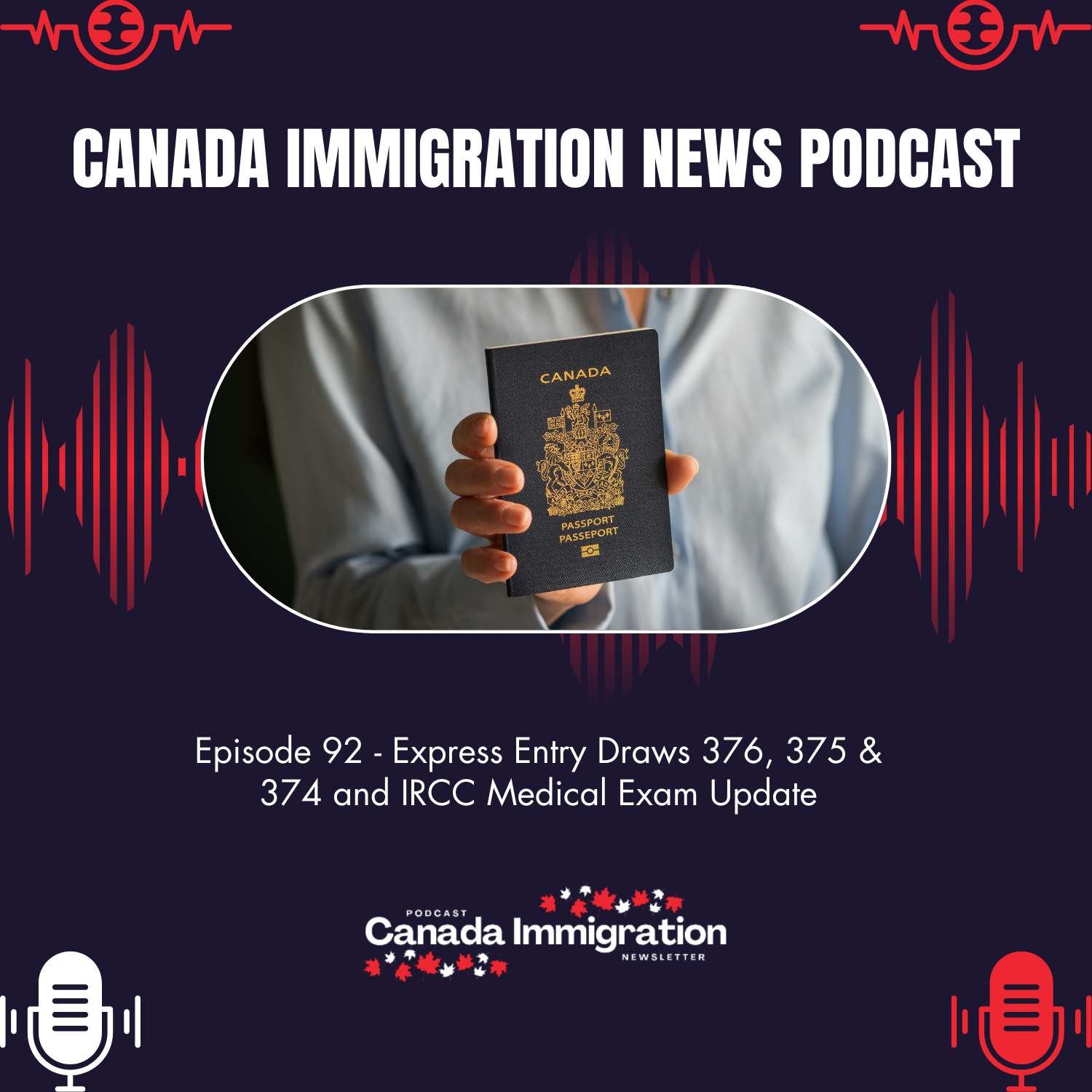Immigration Announcement
Canada’s Student Visa Rejection Rate Climbs in 2025 for Indian Applicants

The sharp rise in Canada’s student visa rejection rate continues into 2025, and Indian applicants remain the most affected group. New policy changes, higher verifi cation standards, and shifting priorities in Canada’s immigration system are reshaping how study permits are assessed. While Canada remains a popular destination, the approval landscape has changed dramatically, especially for students coming from India.
Early 2025 data shows that rejection levels remain high after major policy changes introduced in late 2023 and throughout 2024. With new rules rolling in this year, families and students are adjusting to a system that is far more selective than it used to be.
Why Canada’s Student Visa Rejection Rate Remains High in 2025
Several important developments are influencing study permit outcomes this year.
1. Stronger verification processes continue into 2025
Canada has expanded document verification efforts after uncovering thousands of fraudulent files over the past two years. In 2023 and 2024, officials flagged fake admission letters, questionable financial papers, and unauthorized agents operating without oversight.
In 2025, these verification checks are now standard practice. Officers are instructed to review:
- Financial documents with greater scrutiny
- Educational histories for consistency
- Sources of admission letters
- Ties to the home country
- Authenticity of agent representation
This shift means that even genuine applicants may see slower processing or additional document requests.
2. Study permit caps remain in place for 2025
The international student cap first introduced in 2024, remains active this year. Although the government has not yet announced major increases, early reports indicate that:
- The national cap will be similar to or slightly lower than 2024
- Ontario and British Columbia may see further reductions
- Provinces with smaller populations may see modest increases
For Indian applicants, this means competition remains intense. Many Canadian institutions rely heavily on enrollment from India, but their allocation of study permit spaces is now limited by federal guidelines.
3. Higher standards for Letters of Acceptance
One of the biggest changes in 2025 is the strengthened Letter of Acceptance rules. Only schools that meet new “recognized institution” criteria can issue LOAs that support a study permit application.
These Criteria Include
- Higher standards for international student services
- Proof of housing capacity
- Transparent agent partnerships
- Evidence of quality programming
Several colleges that previously accepted large numbers of Indian students now have reduced LOA authority or face stricter oversight.
Application Trends for Indian Students in Early 2025
Preliminary reports show shifting patterns in applications:
Many Indian students are applying earlier in the year
Families are seeking more guidance on financial proofs
Students are exploring universities over colleges to increase approval chances
Demand for postgraduate programs is rising due to stronger acceptance rates
While the final 2025 numbers are not yet released publicly, immigration professionals across Canada report that rejection levels remain higher than before the 2023 reforms.
Impact on Canadian Institutions in 2025
The effects of continued high refusals are now clearly visible.
1. Colleges Facing Lower Enrollment
Many public colleges, especially those outside major citie,s are reporting:
- Smaller class sizes
- Reduced program offerings
- Lower tuition-based revenue
Some institutions that historically welcomed large Indian cohorts are adjusting their marketing strategies aned diversifying recruitment efforts.
2. Universities Shifting Expectations
Universities are facing softer demand from international applicants. This is prompting changes such as:
- Expanded scholarship options
- New academic advisory services
- More partnerships with overseas institutions
Many universities aim to rebuild their pipelines while meeting the federal guidelines for LOAs.
3. Local Communities Feeling the Economic Impact
Cities and towns that depend on international students for economic activity housing, part-time work, transportation, and retail spending, are reporting noticeable drops.
In particular:
- Smaller Ontario towns
- Atlantic Canada regions
- Interior British Columbia communities
have seen clear shifts in local business patterns.
Why Indian Students Are Exploring Alternatives in 2025
Given the uncertainty, students from India are widening their choices.
Australia and the United Kingdom Remain Strong Competitors
- Australia continues to approve a high share of qualified Indian applicants
- The United Kingdom maintains stable approval levels despite new rules
- Students see these countries as predictable options with clear post-study opportunities
Interest Rising in Europe and Asia
More students are now exploring:
- Germany
- Ireland
- South Korea
- Dubai
These destinations offer simpler documentation requirements and rising international student support.
How Students Can Strengthen Applications in 2025
Below is a practical table summarizing what improves approval rates:
| Area | Recommended Steps |
| Financial Proof | Maintain 6–12 months of consistent banking history |
| LOA Verification | Apply only to recognized institutions listed by IRCC |
| Agent Use | Verify agent accreditation and avoid unregistered advisers |
| SOP & Program Match | Ensure academic path clearly connects to career goals |
| Documentation | Avoid generic letters; include precise and verifiable details |
Simple, well-prepared applications tend to perform better under the 2025 rules. As 2025 unfolds, the rise in Canada’s student visa rejection rate continues to reshape how Indian applicants plan their study journeys. With tighter documentation rules, ongoing verification, and permit caps that remain in effect, students are facing a system that demands stronger proof and clearer academic intent. The years ahead may bring adjustments, but for now, applicants must prepare thoroughly to improve their chances of success.
























